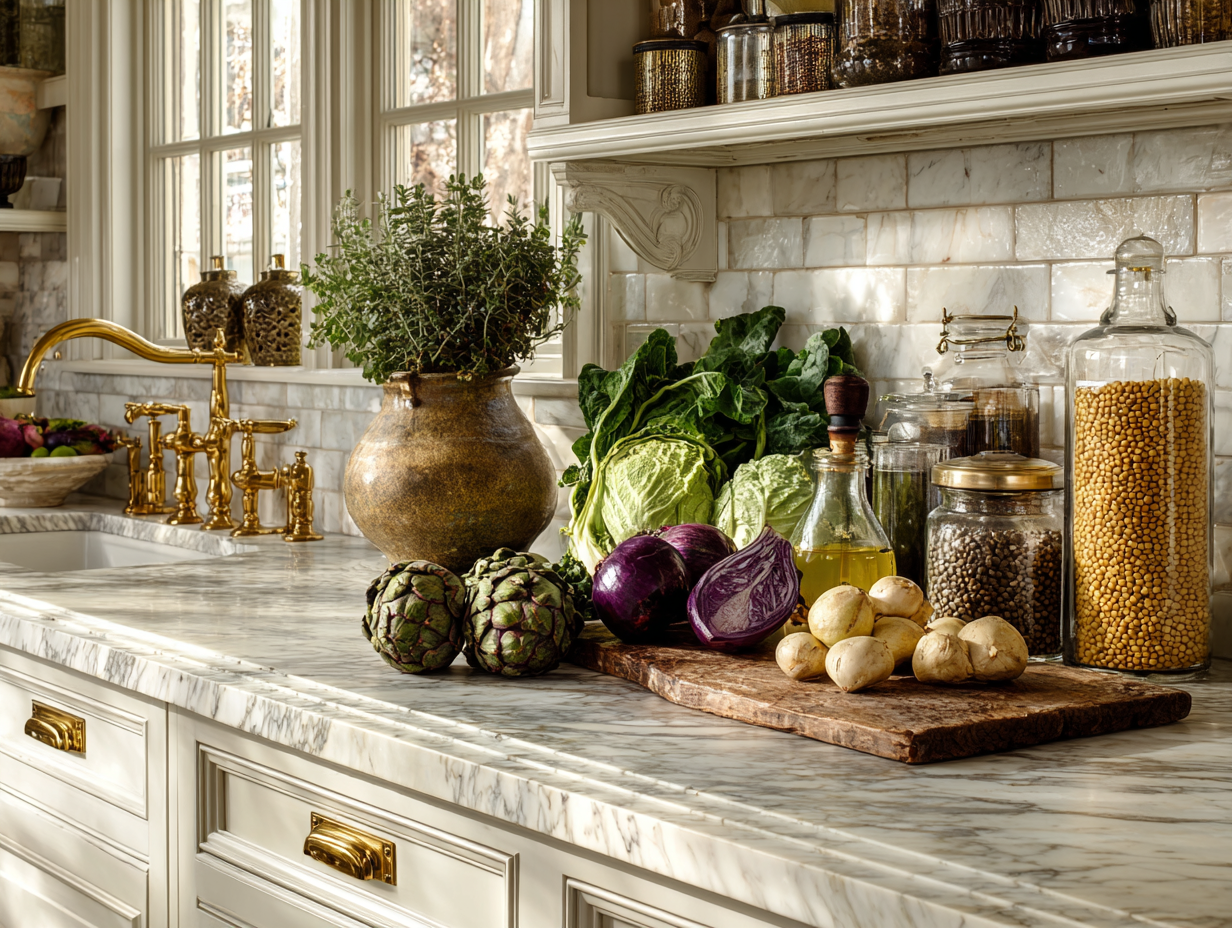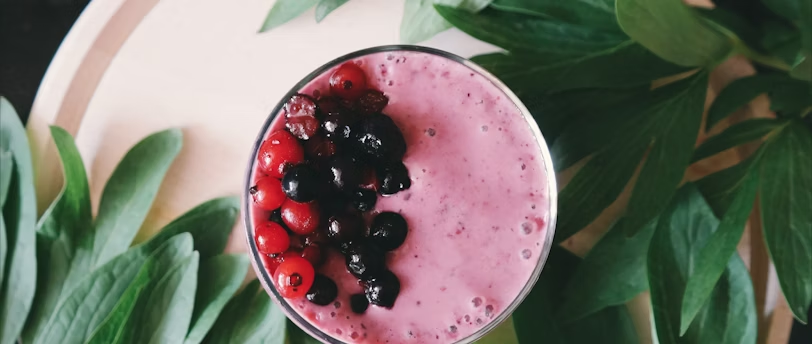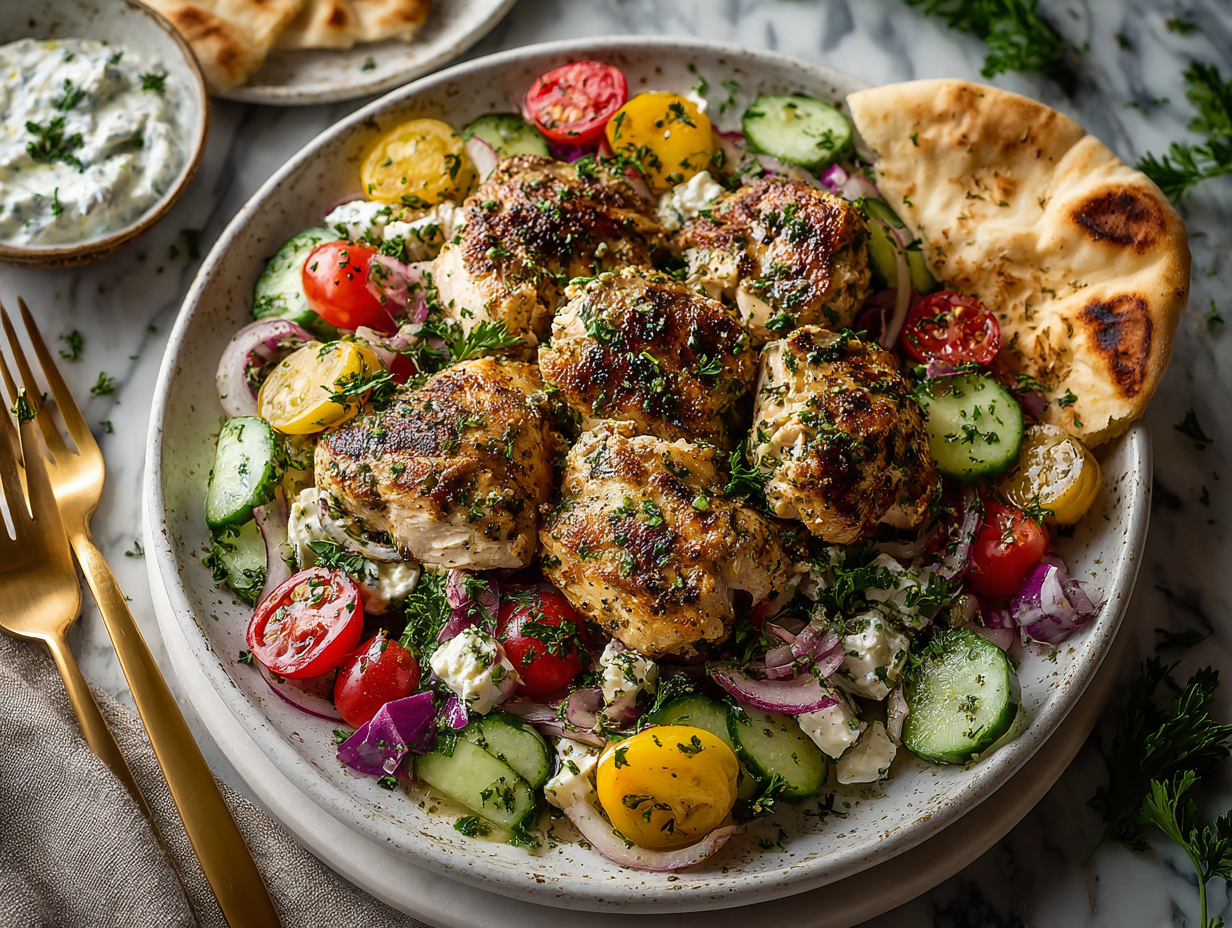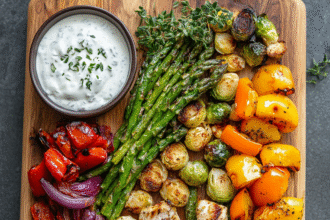Understanding Cholesterol: The Real Truth About Good and Bad Cholesterol & How to Eat for Heart Health
Why I Don’t Fear Cholesterol Anymore — and What I Focus On Instead.
When people hear the word cholesterol, many immediately think of heart attacks, clogged arteries, and restrictive diets. It has become one of those health scares that sparks an alert, especially when we hear about “bad” LDL cholesterol.
But here’s what I’ve learned: cholesterol is not the villain. In fact, it’s essential for our body’s function. The key is in understanding the balance between LDL and HDL, and most importantly, knowing which lifestyle choices — especially food — help your body manage it well.
This article will walk you through what cholesterol actually is, what matters most (spoiler: it’s not just “high” vs “low”), and what you can do through your daily food choices to support your heart and hormones.
What Is Cholesterol — and Why Do We Need It?
Cholesterol is a waxy, fat-like substance found in every cell of your body. It’s vital to your health. Your body produces cholesterol on its own because it’s so essential.
You need cholesterol to:
- Build healthy cells and membranes
- Produce hormones like estrogen, testosterone, and cortisol
- Synthesize vitamin D
- Support digestion through bile production
The problem isn’t cholesterol itself — it’s when your system becomes imbalanced, often due to inflammation, poor diet, or sedentary lifestyle.
LDL vs HDL: What’s the Difference?
Let’s clear up the confusion:
LDL (Low-Density Lipoprotein)
Often labeled the “bad” cholesterol, LDL’s job is to carry cholesterol to your cells. This is normal — even necessary. The concern arises when LDL levels are too high, especially the small, dense LDL particles that are more likely to stick to your artery walls and contribute to plaque buildup.
HDL (High-Density Lipoprotein)
Called the “good” cholesterol, HDL helps remove extra cholesterol from your bloodstream and sends it back to the liver for removal. Higher HDL is linked with reduced cardiovascular risk.
It’s the balance that matters — not eliminating LDL or raising HDL endlessly, but supporting your body in managing both effectively.
Why Cholesterol Gets Out of Balance
Several modern lifestyle habits contribute to poor cholesterol ratios and cardiovascular risk:
- Diets high in refined carbs and sugar
- Excess consumption of processed seed oils (canola, corn, soybean)
- Low fiber intake
- Chronic inflammation
- Lack of movement
- Smoking
- Genetic predisposition (but this is not destiny)
The most overlooked contributor? Ultra-processed foods. Not just animal fats, but packaged snacks, sugary drinks, white flour products, and trans fats that disrupt how your body handles fat and blood sugar.
The Best Foods for Healthy Cholesterol Balance
Here’s where it gets empowering — you can influence your cholesterol profile every day through your food.
Eat More of These (HDL-Boosting, Inflammation-Lowering Foods):
- Leafy greens: spinach, kale, arugula
- Colorful vegetables: bell peppers, beets, broccoli
- Berries: high in antioxidants and fiber
- Avocados: packed with heart-healthy monounsaturated fats
- Nuts and seeds: almonds, walnuts, chia seeds, flaxseeds
- Oats and whole grains: fiber binds cholesterol
- Fatty fish: salmon, sardines, mackerel (rich in omega-3s)
- Olive oil: cold-pressed, extra virgin for cooking and dressings
Limit or Avoid These (LDL-raising or inflammation-triggering):
- White bread, pastries, and refined flour
- Sugary cereals and soda
- Deep-fried or fast food
- Margarine and trans fats
- Processed meats (sausages, deli meats, bacon)
- Vegetable oils high in omega-6 (corn, soybean, safflower)
Lifestyle Habits That Support Cholesterol Health
Besides food, your daily habits play a decisive role:
- Move your body daily. Walking, strength training, and yoga all improve lipid profiles.
- Manage stress. Chronic stress raises cortisol and disrupts cholesterol metabolism.
- Prioritize sleep. Poor sleep is linked to higher LDL and lower HDL.
- Avoid smoking and reduce alcohol. Both damage arterial health and cholesterol balance.
- Reduce added sugar. This is a big one. Sugar directly contributes to inflammation and LDL oxidation.
My Take on Cholesterol (And What I Focus On)
I don’t fear fat. I don’t fear cholesterol. What I do pay attention to is:
- Reducing sugar and processed carbs — I don’t buy refined sugar and white flour
- Eating plenty of vegetables and fiber
- Cooking with avocado oil, olive oil, ghee, and coconut oil
- Including omega-3s in my meals
- Keeping my kitchen free of inflammatory oils and processed snacks
The goal isn’t to obsess over numbers, but to support the body holistically so it can do what it was designed to do: regulate, balance, and thrive.
Check out my TikTok page to see how I eat these foods @krupaandbooks
A Balanced View of Cholesterol
Cholesterol isn’t your enemy — inflammation is. When you give your body whole foods, healthy fats, fiber, movement, and rest, you create the environment where cholesterol works for you, not against you.
So instead of fearing LDL or chasing “perfect” HDL numbers, start by upgrading your plate. Small, thoughtful shifts — like adding berries to breakfast or switching to olive oil — make a big difference over time.
And as always, aim for balance, not perfection. That’s what lasting health is built on.








